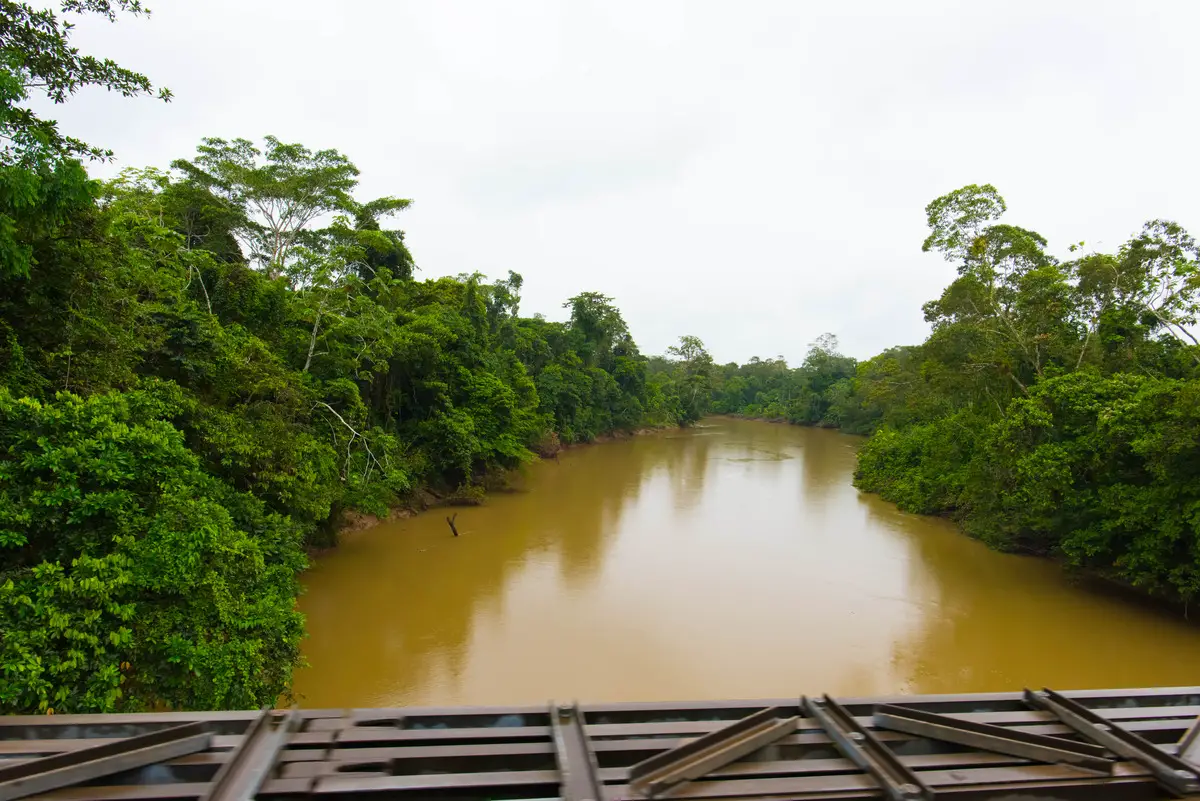Wonder
Nevado Sajama queñua woodlands
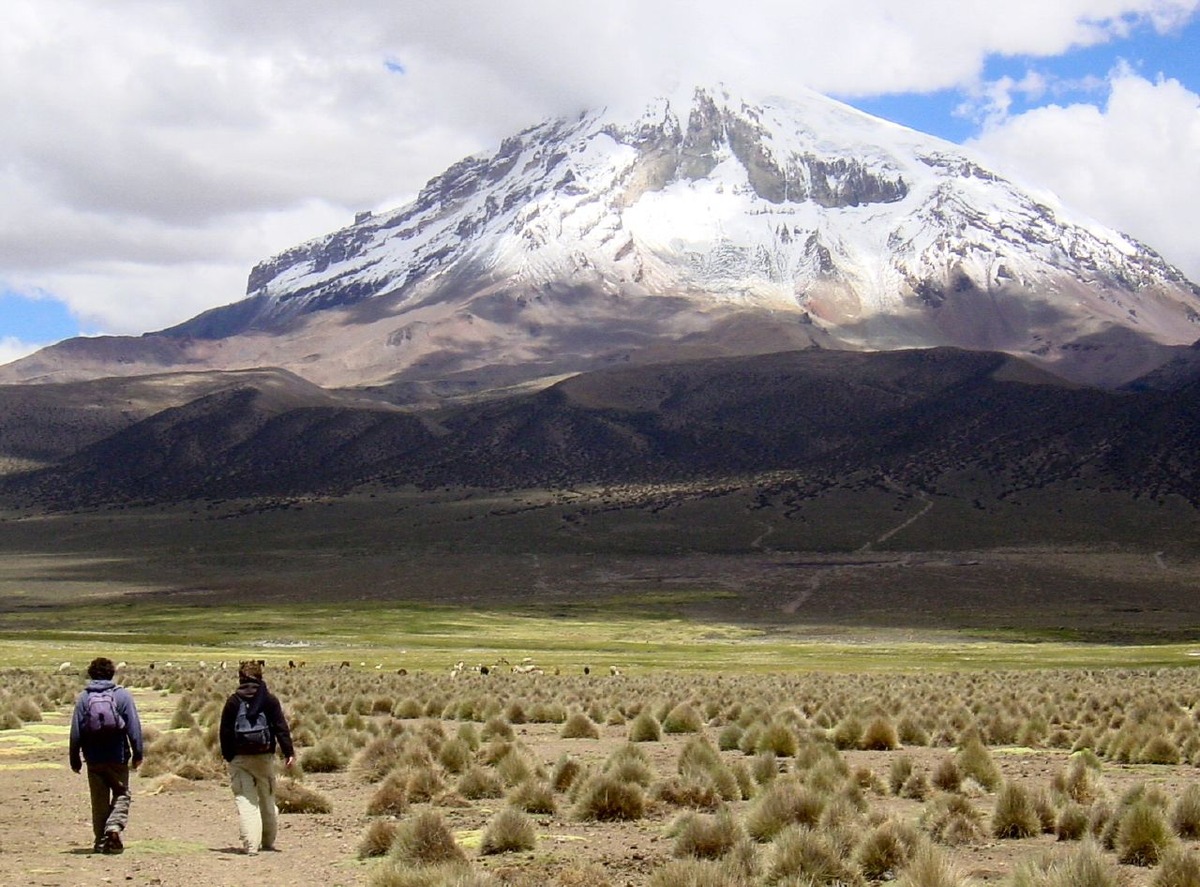
 In short
In short
The highest altitude forests most likely are Nevado Sajama queñua woodlands. While separate trees can be found at a height of 5 200 m, stands of low trees reach the altitude of some 5 000 m.
 42.5%
42.5%
GPS coordinates
Location, address
Area
Dominating tree species
Map of the site
If you see this after your page is loaded completely, leafletJS files are missing.
 In detail
In detail
Giant volcano
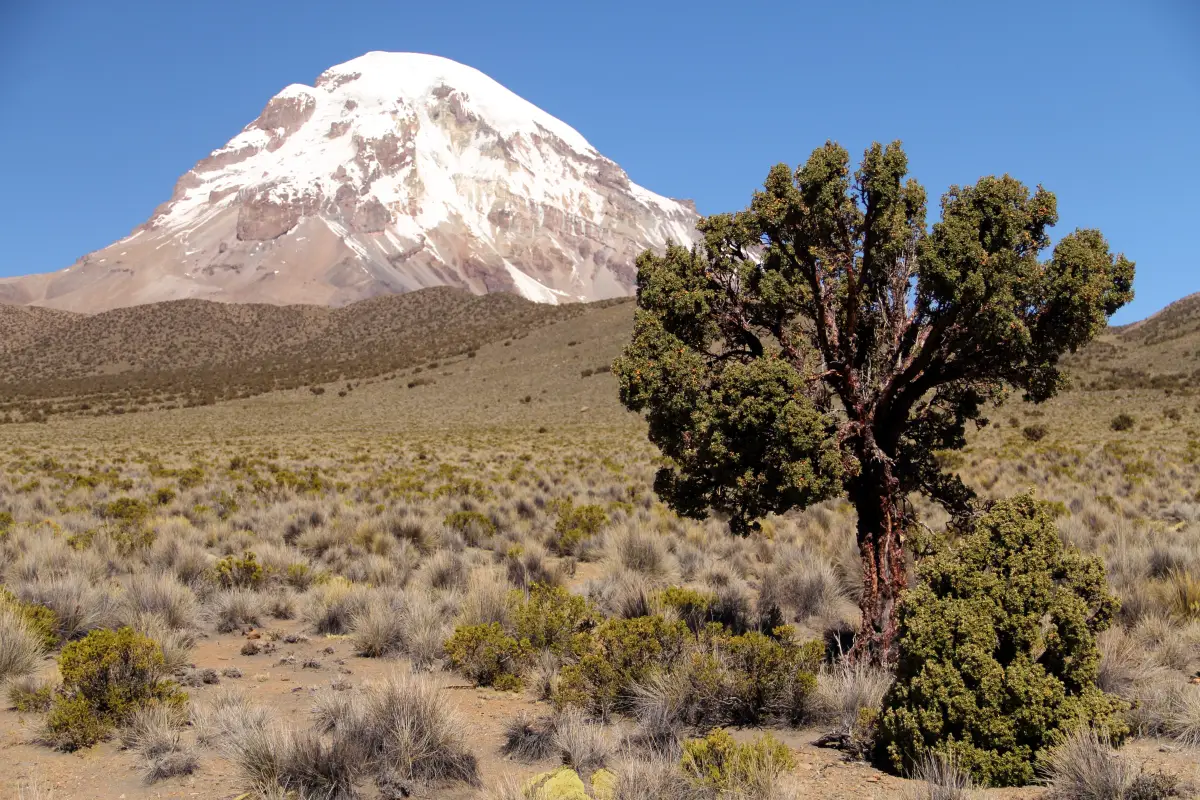
In a remote, sparsely populated area of Bolivia is located a giant mountain – Nevado Sajama. It belongs to the highest volcanoes in the world – its height is 6 542 m and it rises for some 4 kilometers around its surroundings. Nevado Sajama is the tallest mountain in Bolivia.
The summit of the volcano is covered with snow and ice but further below on its slopes grows a unique forest of queñua de altura (Polylepis tomentella).
Polylepis tomentella
The genus Polylepis includes some 28 species of shrubs and trees that grow in the Andes, in Venezuela, Ecuador, Bolivia, Peru, Chile, and Argentina. These plants belong to the enormous rose family.
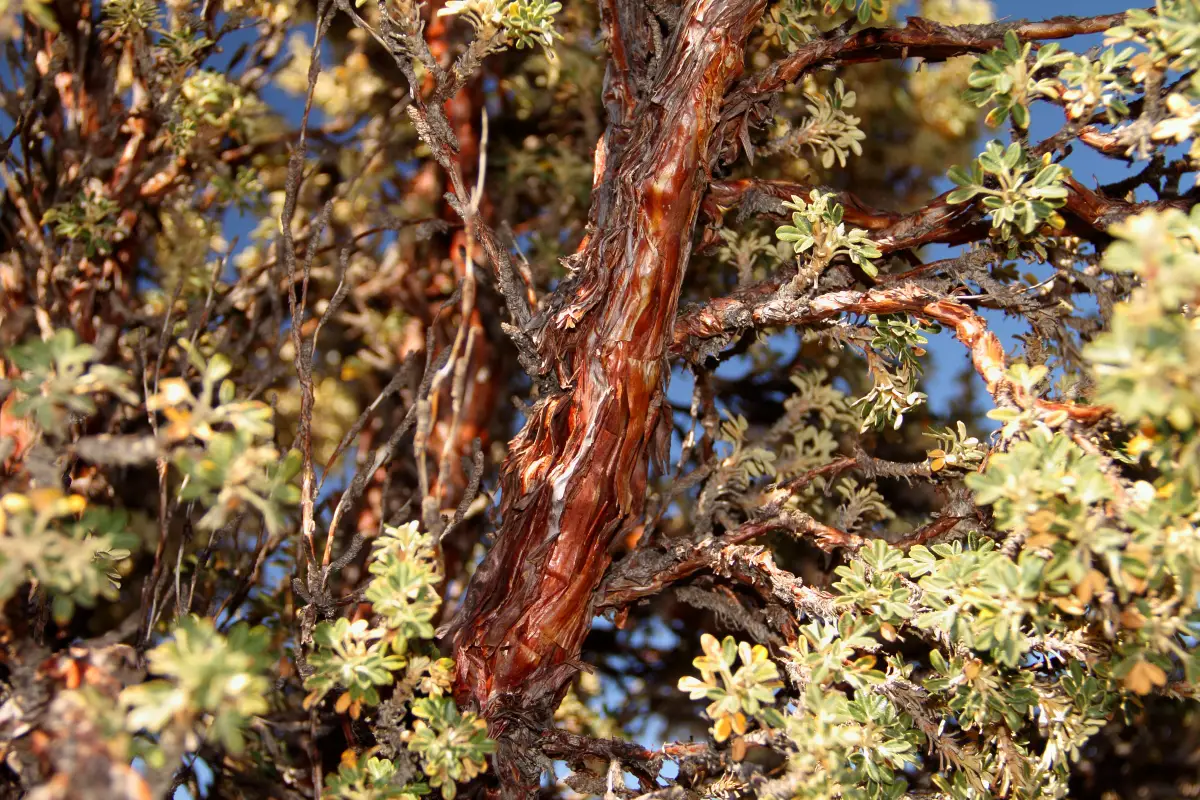
Scientists are interested in these plants because Polylepis is able to grow in very dry and cold conditions high in the mountains. It happens that around the high-altitude Polylepis plants are no other plants, just stones. These survival abilities of the plant though come with a cost: in warmer and wetter conditions the slow-growing trees are outcompeted by other plants.
Queñua de altura (Polylepis tomentella) is the most extreme of all species in this genus. These trees grow at a height of some 4 – 5.2 kilometers in Peru, Bolivia, and Chile. Their age may reach 700 years but due to their extremely slow growth rate the height rarely exceeds 5 m and the diameter of the trunk is below 0.4 m.
The tree grows in soils that have a medium annual temperature of only 5 ° C.
The woodlands of Polylepis tomentella consist mainly of this single species of trees but in this forest live many rare species of insects, birds, and plants.
Highest altitude forest
The uppermost forests in the world are on the northern slopes of Nevado Sajama. The highest seems to be a sparse, low group of trees and shrubs at the height of roughly 5 000 m. These trees are not higher than 3.5 m.
Separate trees and shrubs grow higher, up to the altitude of 5 200 m.
In earlier times queñua forests were much larger and healthier. It is assessed that just some 10% of the original forest remains in Bolivia now.
The area of the forest decreased due to several reasons. One of them was the firewood collection by local people. But another, a lot more negative factor seems to be climate change. It is speculated that due to the temperature rise queñua woodlands are replaced by other plants.
In order to protect these unique forests in 1939 was founded Sajama National Park. This helped to protect queñua from the cutting and processing into charcoal for local mines. Unfortunately, the national park can not protect the forest from the global climate crisis.
References
- A. Azócar, F. Rada, C. García-Núnez, Functional Characteristics of the Arborescent Genus Polylepis along a latitudinal Gradient in the High Andes (PDF file), Interciencia, 32-10, October 2007. Accessed on 15th April 2022
Nevado Sajama queñua woodlands are included in the following article:
 Linked articles
Linked articles
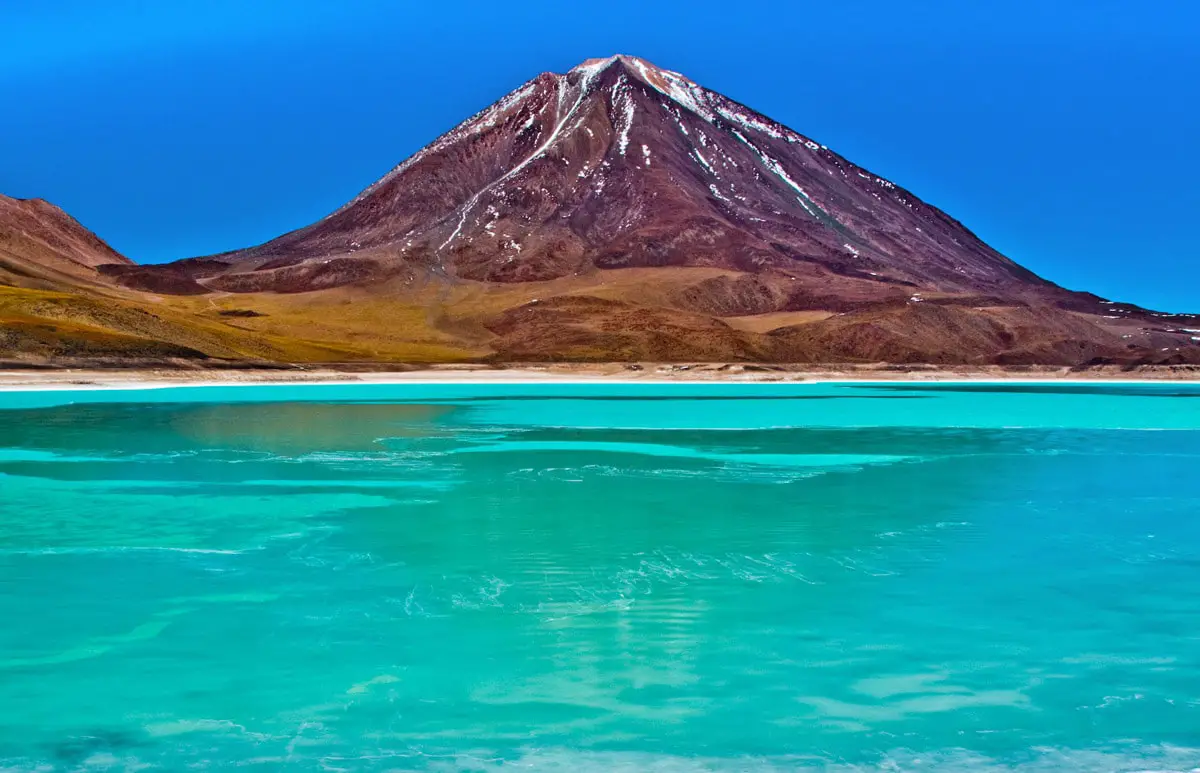
Wonders of Bolivia
It would be modest to say that Bolivia is an exciting country: Bolivia IS full of unexpected, pleasant surprises!
This country has an amazing natural diversity – from highland deserts and snow-capped mountains to wast lowlands covered with tropical forests. Here are found all kinds of landmarks. Some landmarks are well known internationally, but many (undeservedly) – are not, and many still are waiting for their discovery.
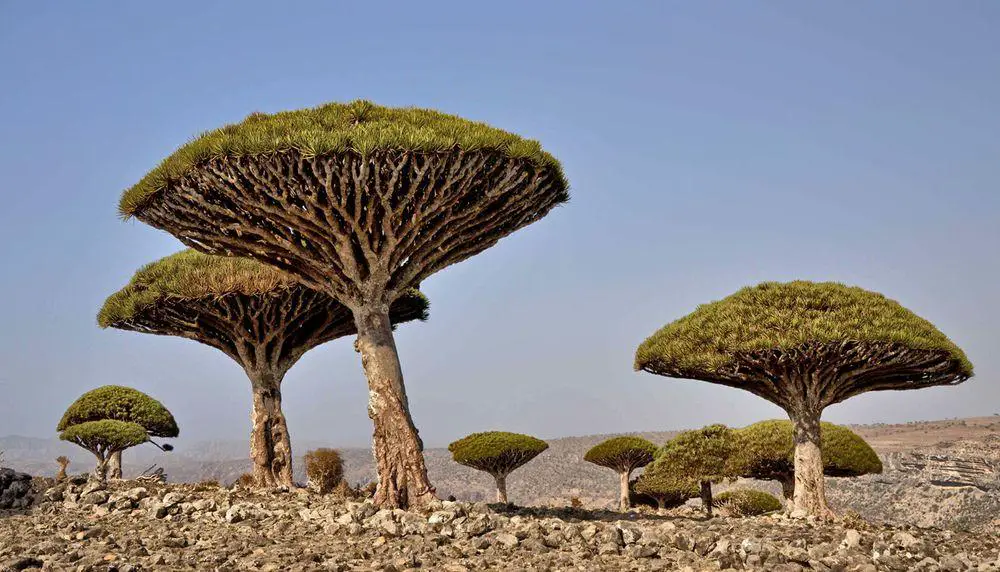
Ecosystems
Biotope is a rather small area with uniform environmental conditions and a specific community of life. Wondermondo describes biotopes and ecosystems which have striking looks, look very beautiful, or have other unusual characteristics.
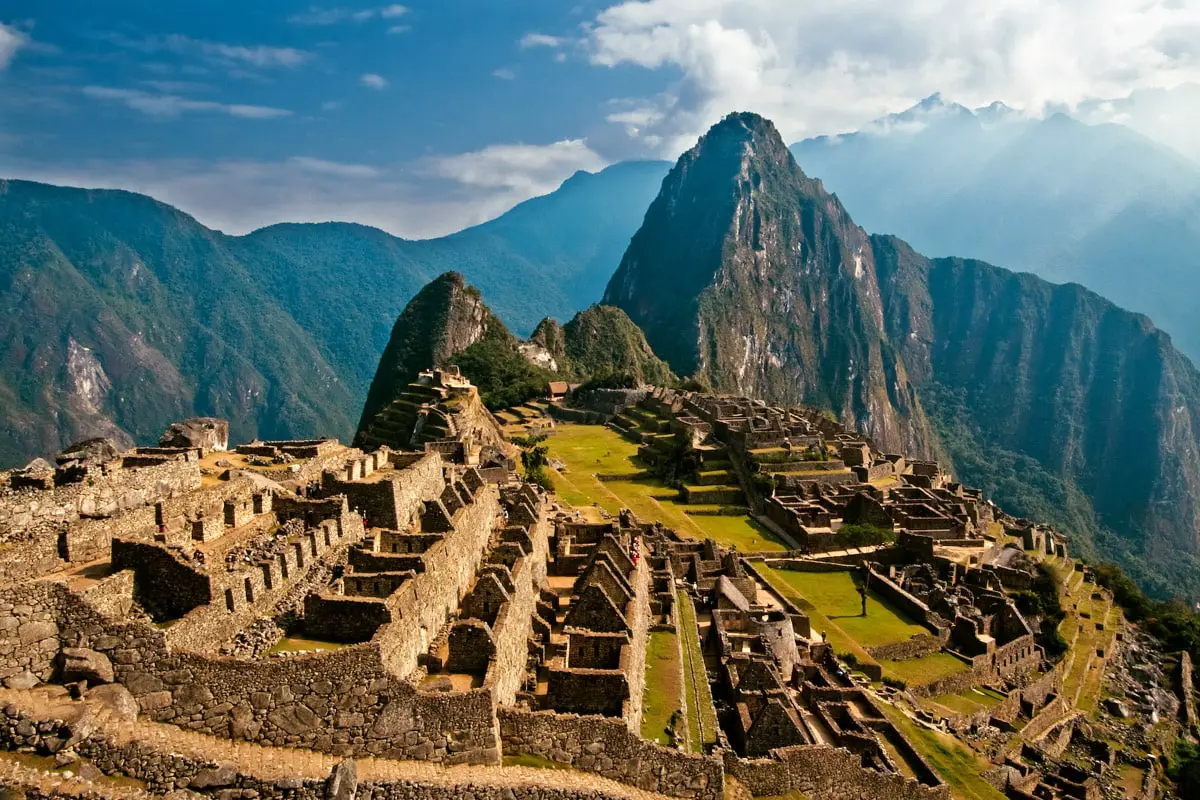
Wonders of South America
There is little doubt – South America is one of the most spectacular… maybe the most spectacular continent of the world.
There is located the second-highest mountain chain in the world, the largest rainforest, the tallest volcanoes, and the tallest and largest waterfalls. The highest biological diversity in the world is reached somewhere near the eastern ranges of the Andes in Ecuador, Peru, or Colombia.
 Recommended books
Recommended books
The Rough Guide to Bolivia
Discover Bolivia with the most incisive and entertaining guidebook on the market. Whether you plan to swim with pink river dolphins, cycle the world’s most dangerous road, or follow in the footsteps of Che Guevara and Butch Cassidy, The Rough Guide to Bolivia will show you the ideal places to sleep, eat, drink and shop along the way.
From Mountains to Morales, Stories of Bolivia
From Mountains to Morales, Stories of Bolivia reflects a love of Bolivia, its diverse culture, geology, and ecology. Drawing on the author’s Peace Corps experience, it highlights some of the places and rituals that distinguish this landlocked Andean nation. This is also a contemplation of the country’s history as viewed through the lens of a small sampling of Bolivians.

